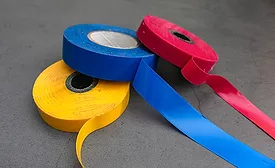Reliable Adhesion Testing for Self-Adhesive Materials
Analytical instruments can ensure reliable product performance of self-adhesive materials by measuring critical characteristics like adhesive tack, peel, thickness, and composition
Read More

